

Great Camp Sagamore
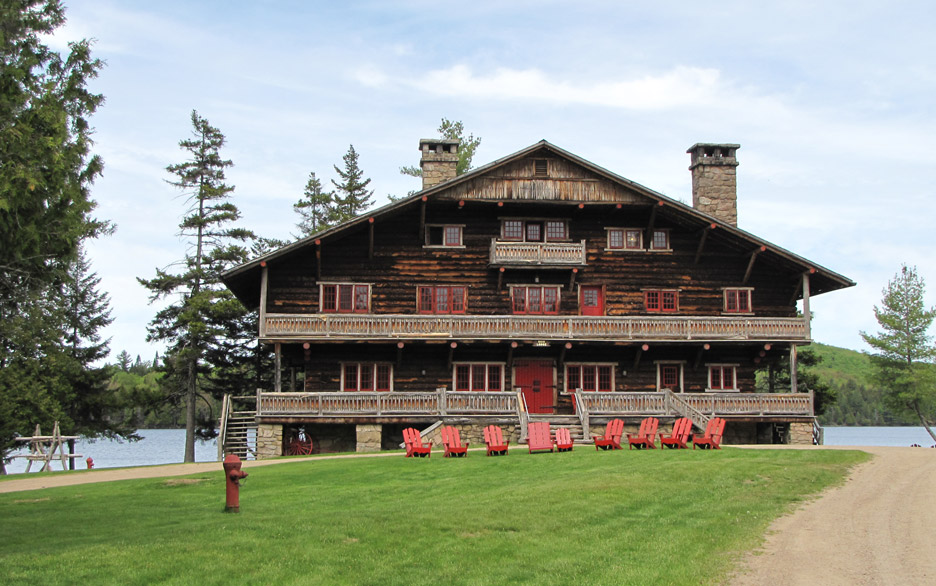
Main Lodge at Great Camp Sagamore
Sagamore Camp is one of several historic Great Camps located in the Adirondack Mountains of northern New York State, which were built for the super-rich of the American Gilded Age as remote and luxurious rustic summer retreats. It was constructed by William West Durant on Sagamore Lake between 1895-1897. Durant was the son of Thomas C. Durant (1820-1885), a railroad tycoon and financial manipulator who briefly gained control of the Union Pacific Railroad during the 1860s, and whose machinations resulted in the 1872 Crédit Mobilier scandal. By the 1870s Thomas Durant had become the largest private landowner in the Adirondacks, and he had delegated his son to develop portions of his holdings for future sale to the moneyed elite. Prior to Sagamore, William Durant had constructed Camp Pine Knot (purchased by Collis P. Huntington and now the Huntington Memorial Outdoor Education Center) and Camp Uncas (once owned by J. P. Morgan), both on nearby Raquette Lake. All three camps are still in use today.
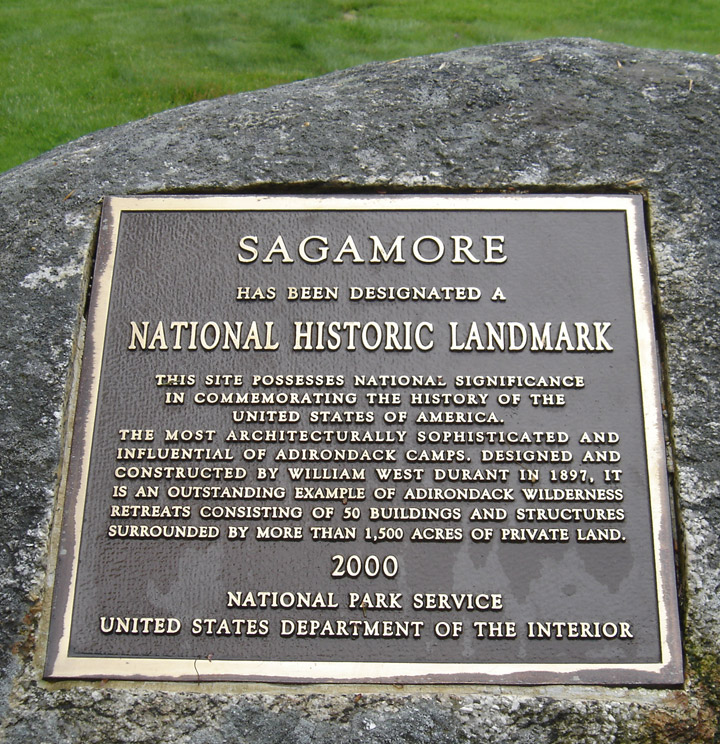
National Historic Landmark
GPS
N 43 45'55.65
W 74 37'38.25
In 1901 Durant was forced to sell Sagamore, reputedly because a lawsuit by his sister over his mismanagement of their mother's estate had pushed him to the edge of bankruptcy. It was purchased by Alfred Gwynne Vanderbilt, who expanded and improved the property to include flush toilets, a sewer system and hot and cold running water. He later added a hydroelectric plant and an outdoor bowling alley with an ingenious system for retrieving the balls. Other amenities included a tennis court, a croquet lawn, a 100,000 gallon reservoir, and a working farm. Vanderbilt died in 1915, a victim of the Lusitania sinking, leaving Sagamore to his widow Margaret Emerson, an avid sportswoman who continued to occupy the camp for many years.
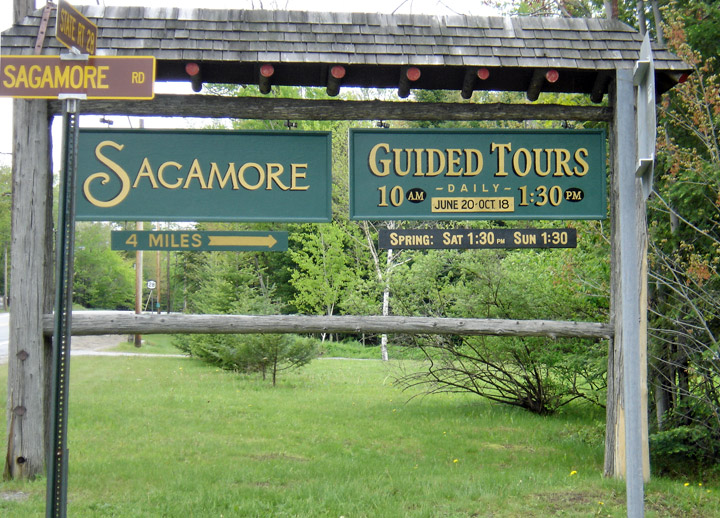
open for guided tours
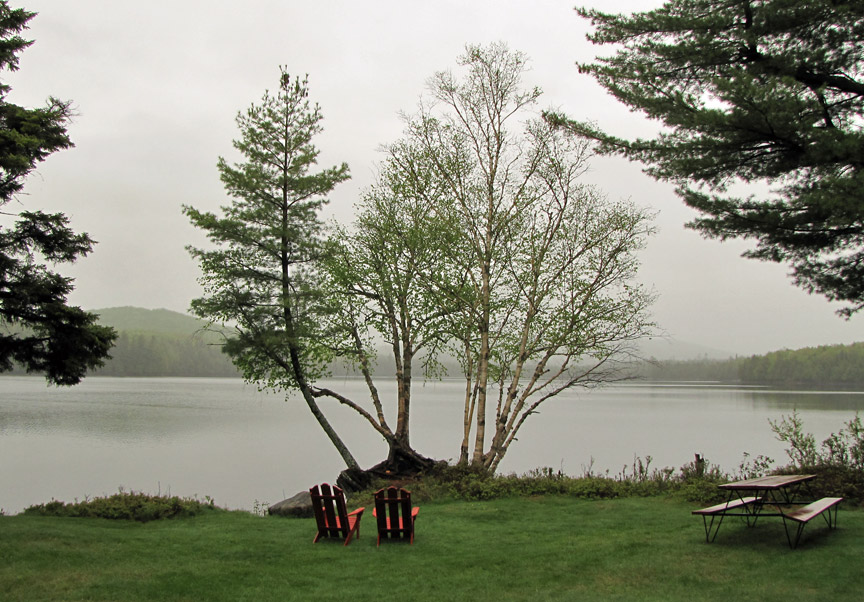
Lake Sagamore
Mrs. Emerson transferred the property to Syracuse University, which operated a conference center here until the State of New York offered to buy it. Acquisition by the State as part of the Forest Preserve would have required demolition of the historic buildings, because of the "Forever Wild" provision of the New York State Constitution. To avert this, the Preservation League of New York arranged with the State to take title, transferring the property with deed restrictions to a not-for-profit institution that would provide suitable occupancy. Camp Sagamore has continued to function as a conference center.
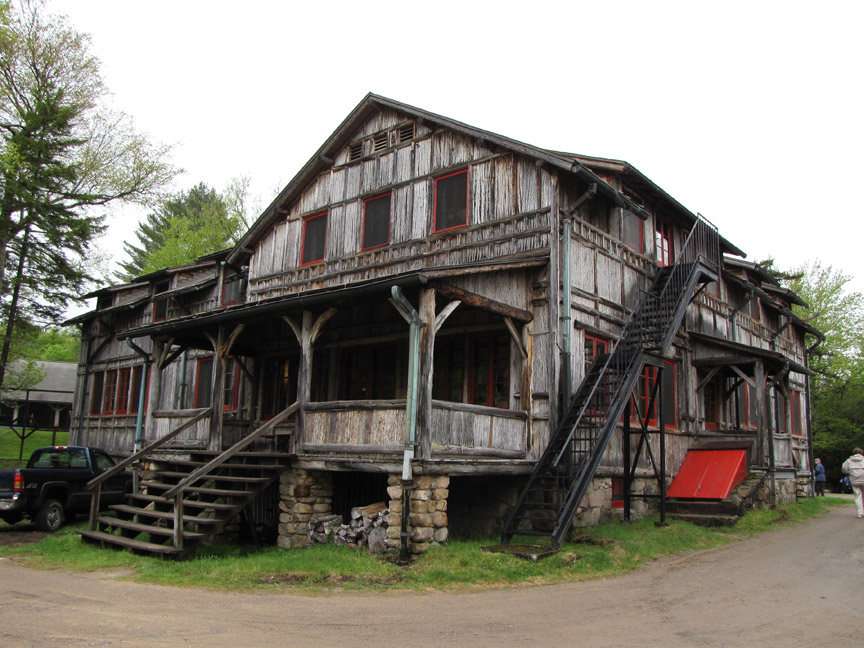
winter bark covered buildings
The camp is arranged in two complexes a half-mile apart, the Upper, or worker's complex, and the Lower, or guest complex. The guests would not have frequented the worker's complex, as the buildings here are much more utilitarian than those in the Guest complex, and without the embellishment of the buildings designed for entertaining. Sagamore served as a sylvan setting in which the richest families in America could relax, party, and get a feeling of returning to nature. All of this, however, was accomplished without leaving the comforts of civilization behind.
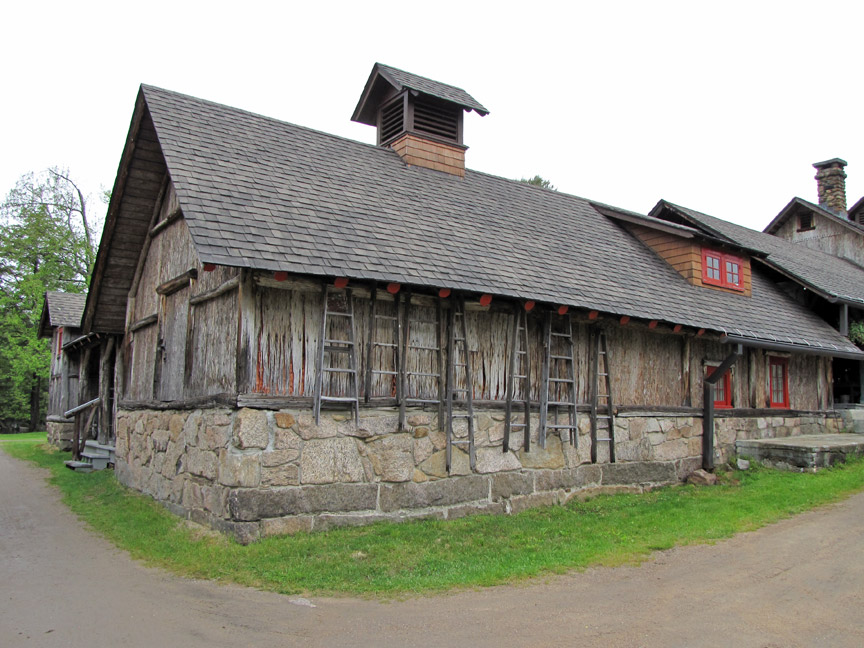
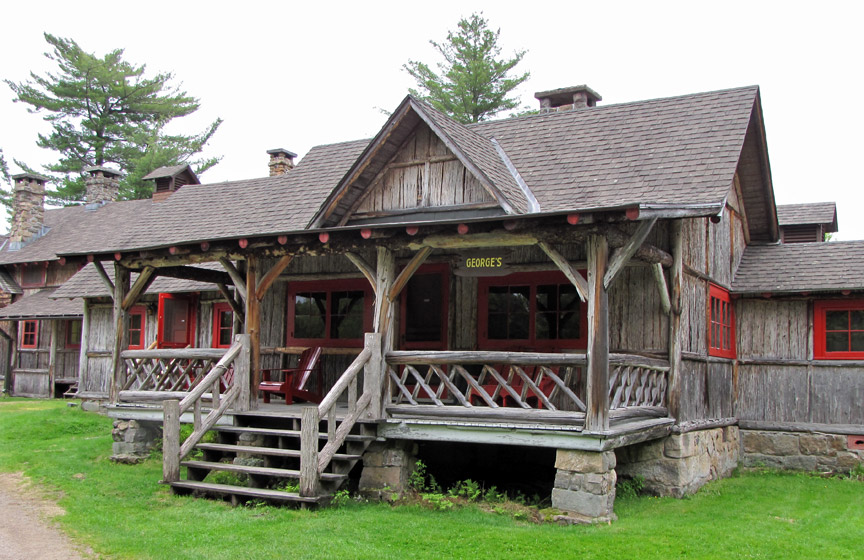
support building
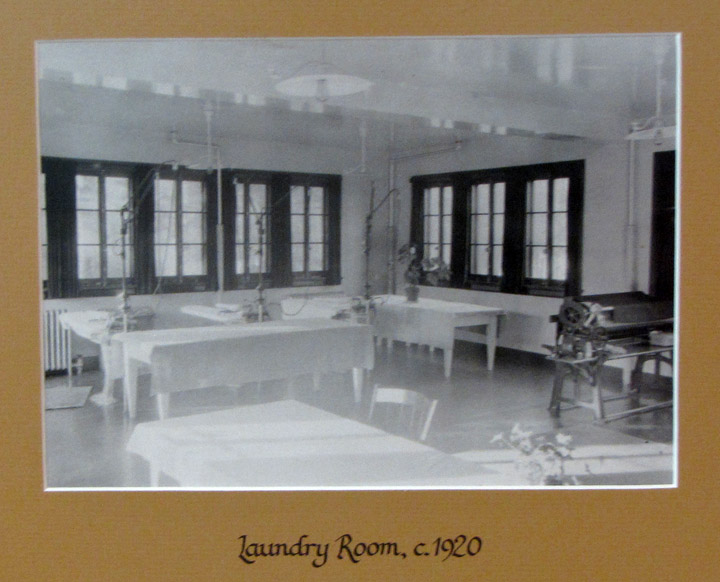
Photos of the Farm support complex
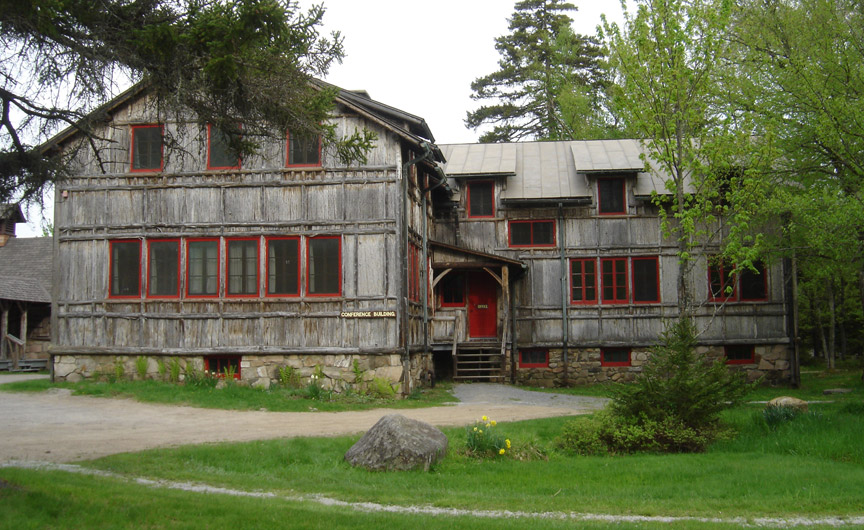
Conference Center
A portion of Sagamore was listed on the National Register of Historic Places in 1976. A boundary increase for additional area was included in a multiple property submission for listing in 1986. The camp was designated as a National Historic Landmark on 2000-05-16. The historic camp is now run by Sagamore Institute of the Adirondacks, Inc. and is open to the public by guided tour, as well as offering accommodations May through October.
Text from Wikipedia
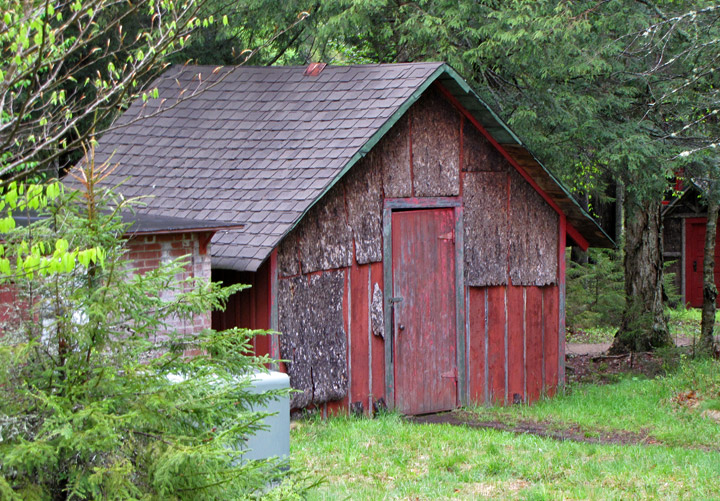
electric support building
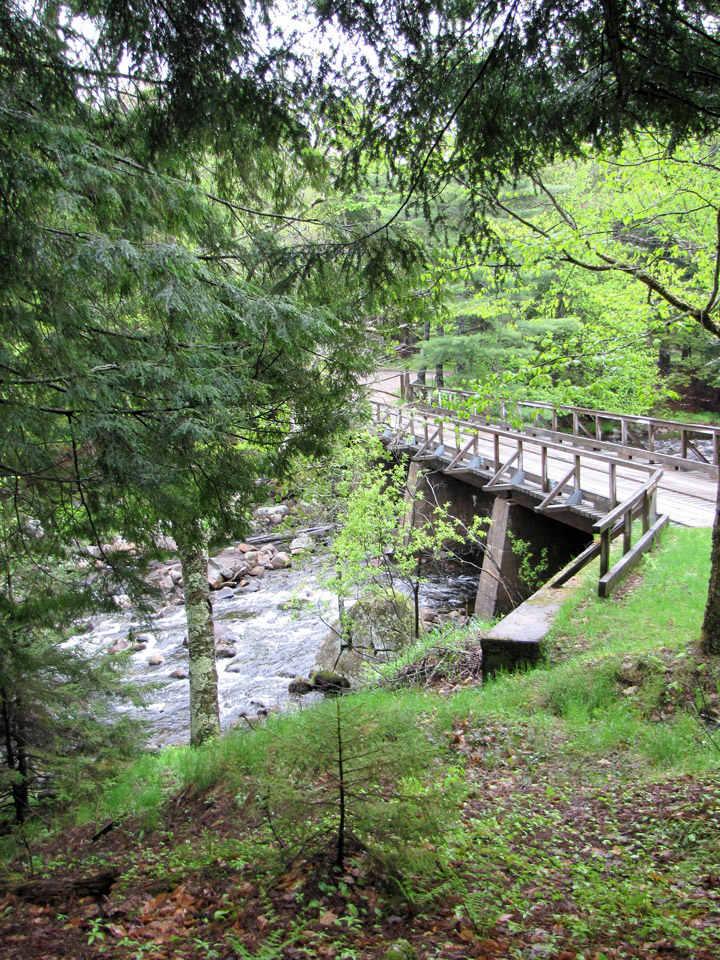
the bridge
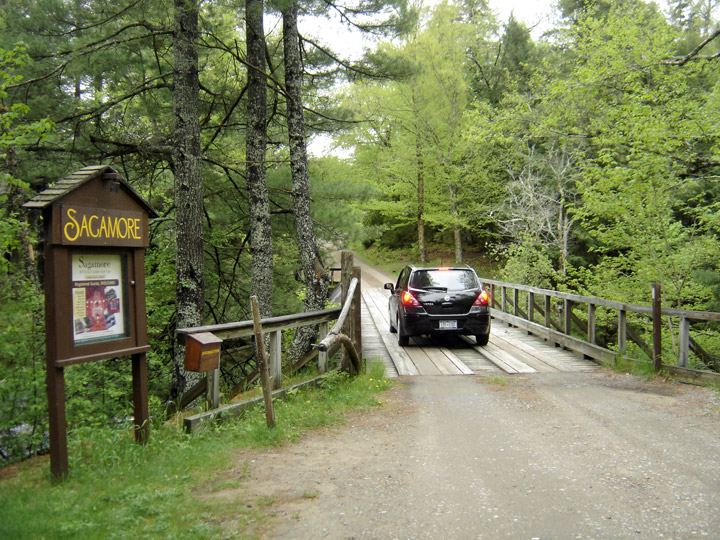
entrance gate
Dining Building
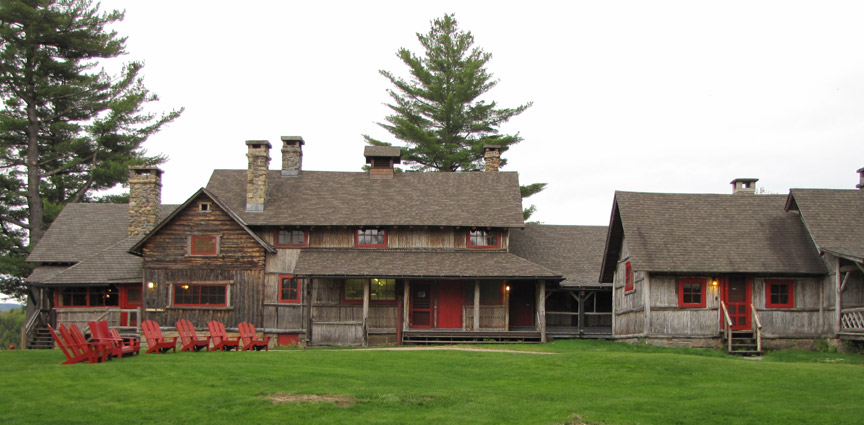
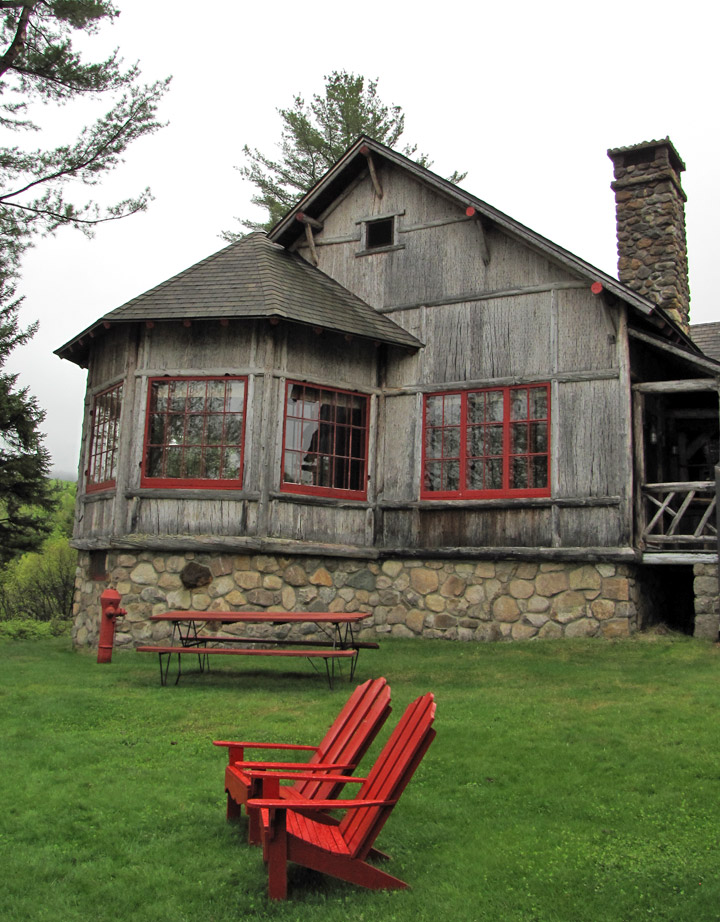
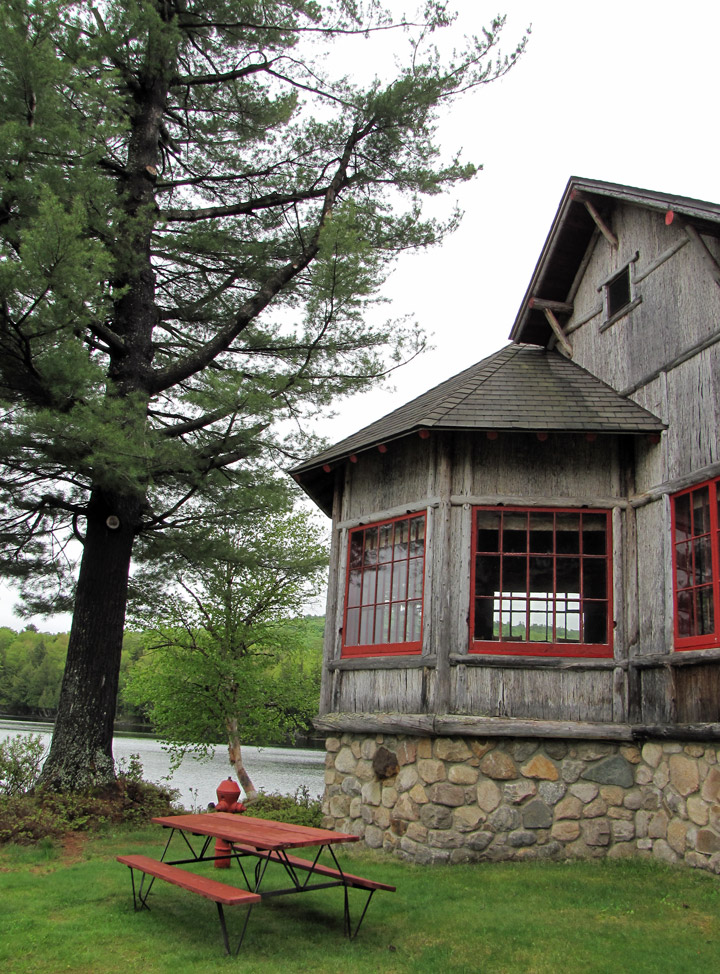
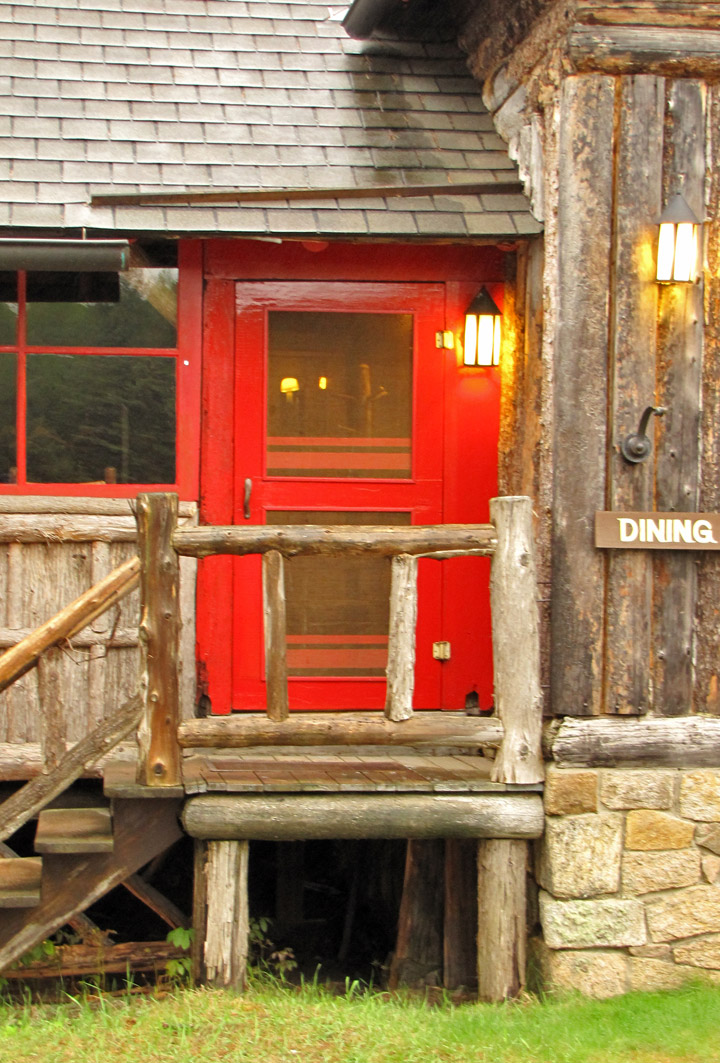
entrance
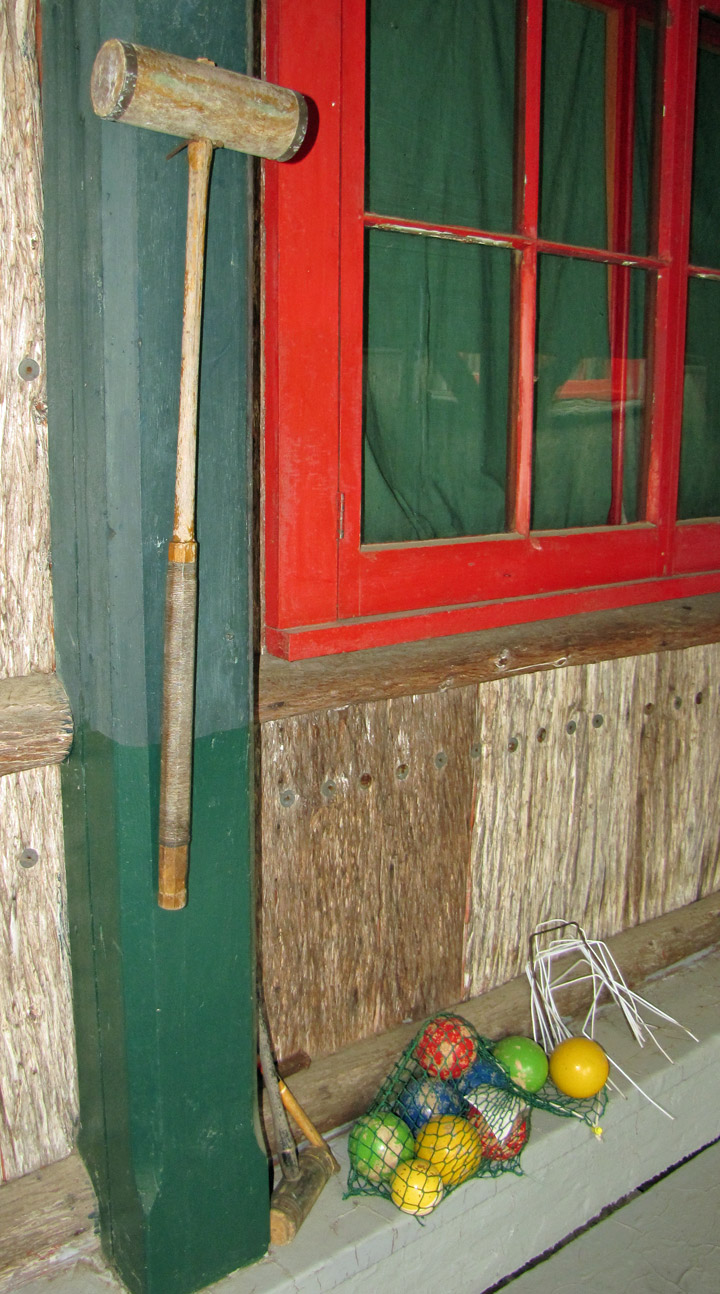
croquet, Margaret Vanderbilt's favorite game
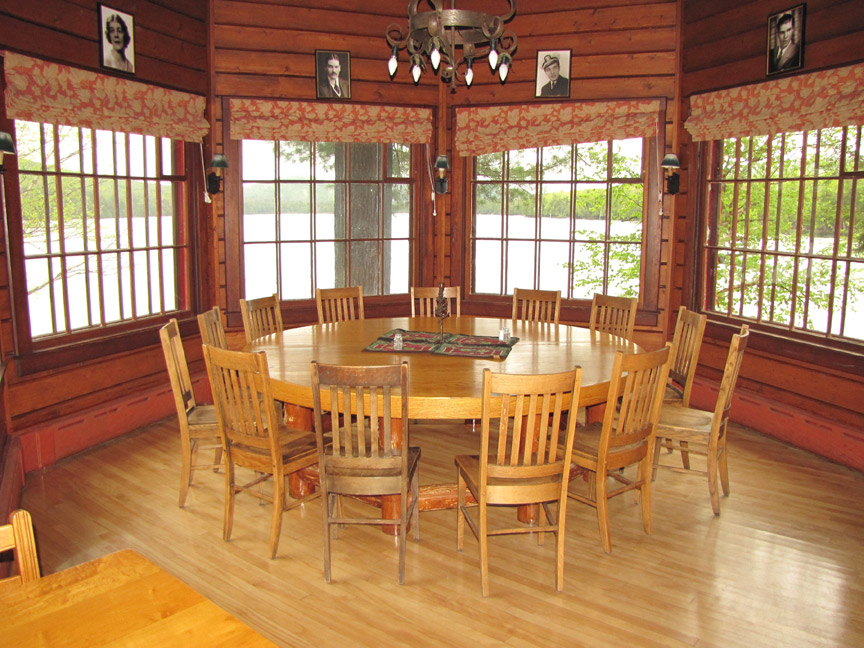
dining room
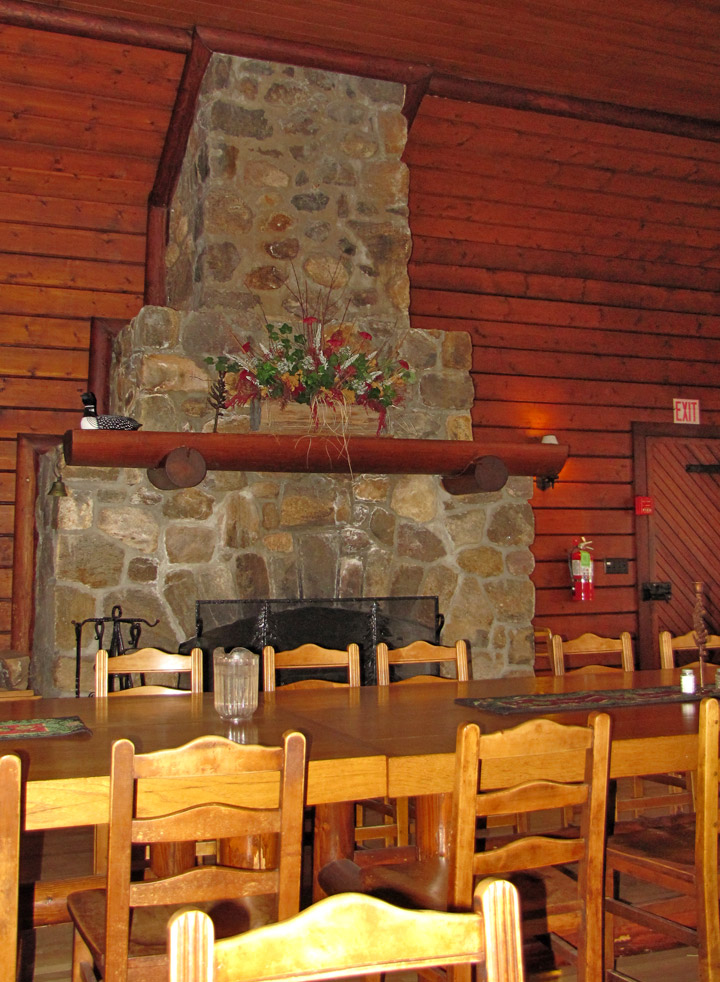
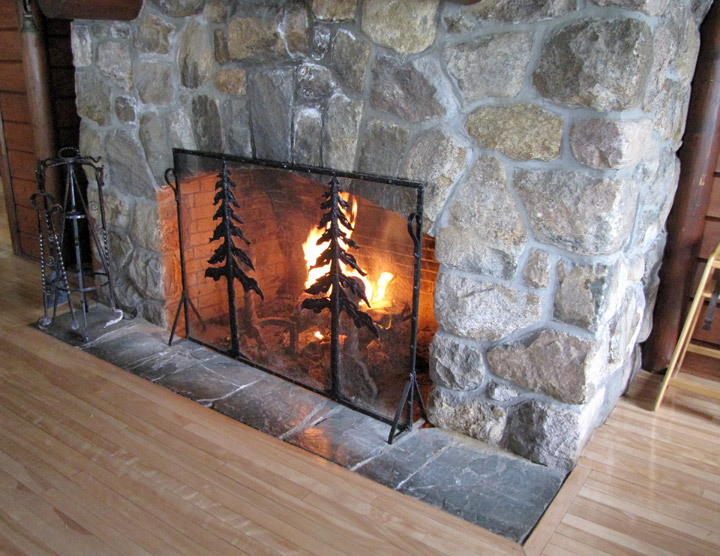
dining room fireplace
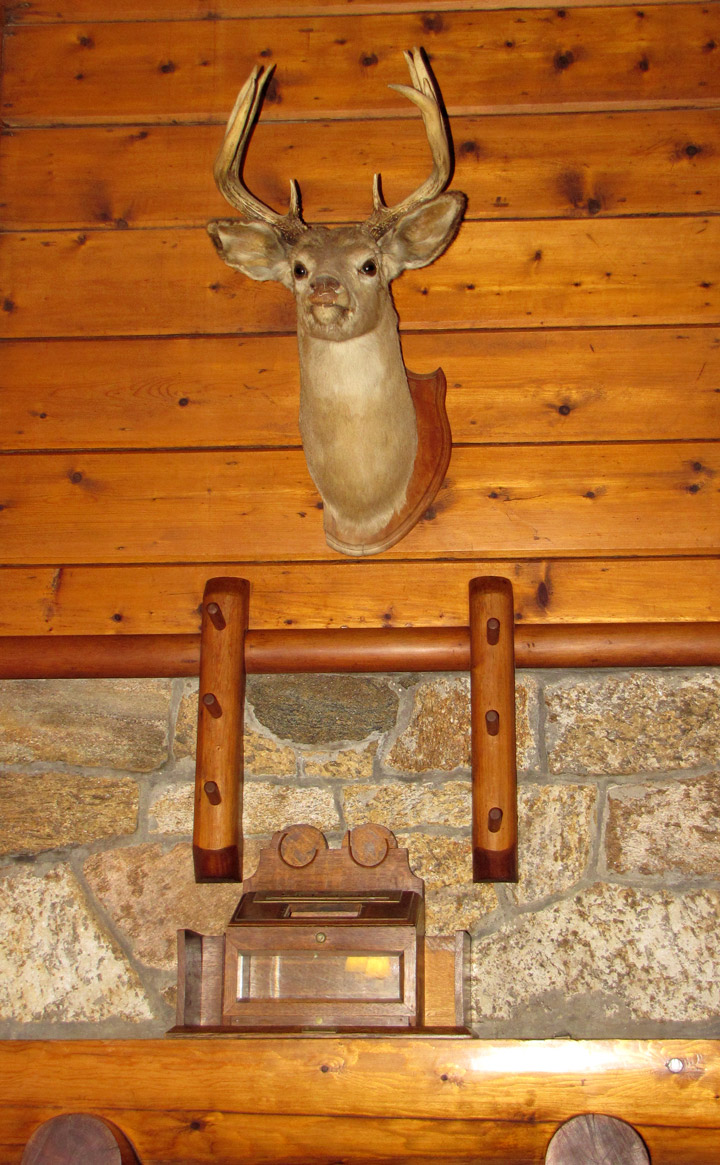
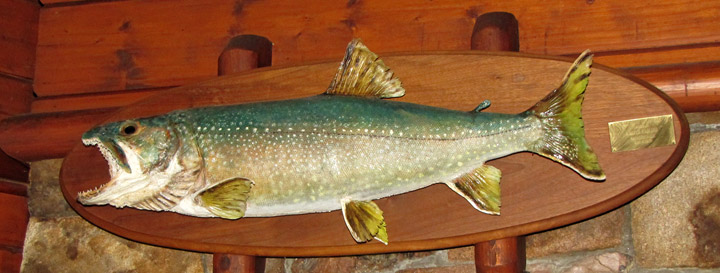
Margaret Vanderbilt's fish
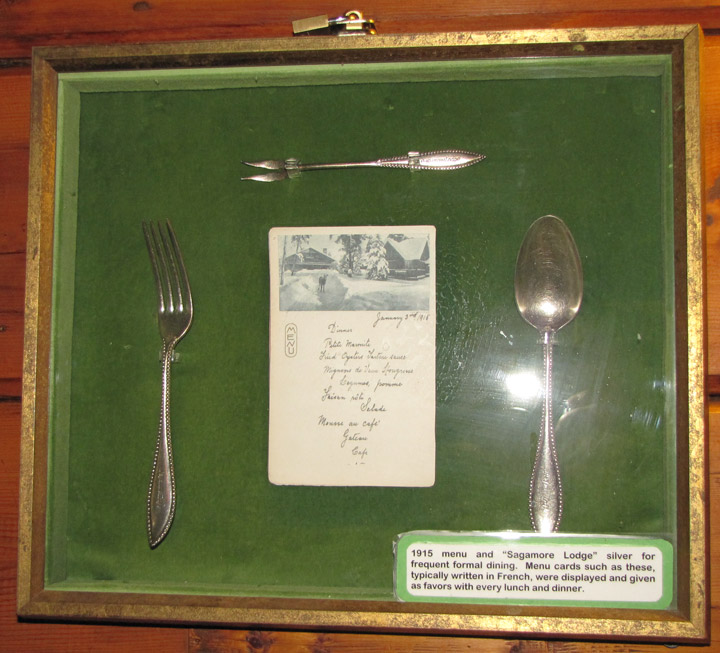
table service
Playhouse
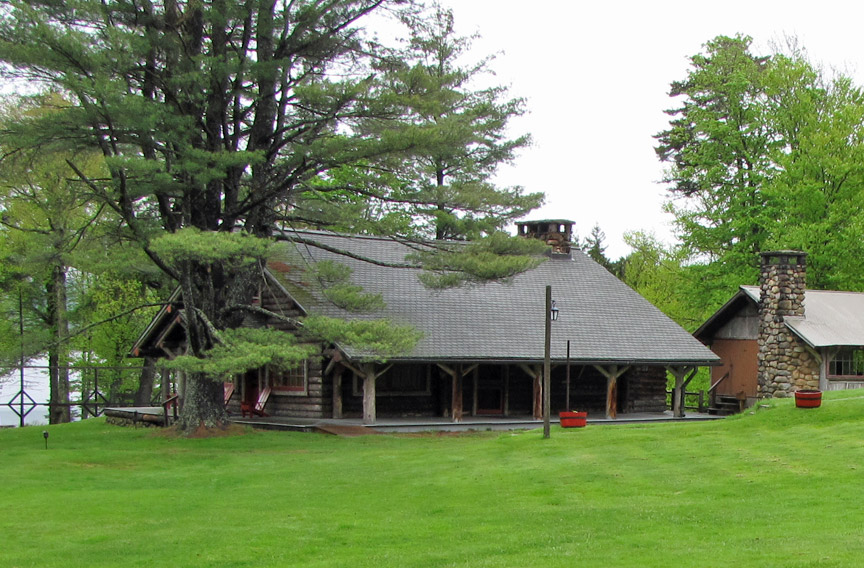
Playhouse
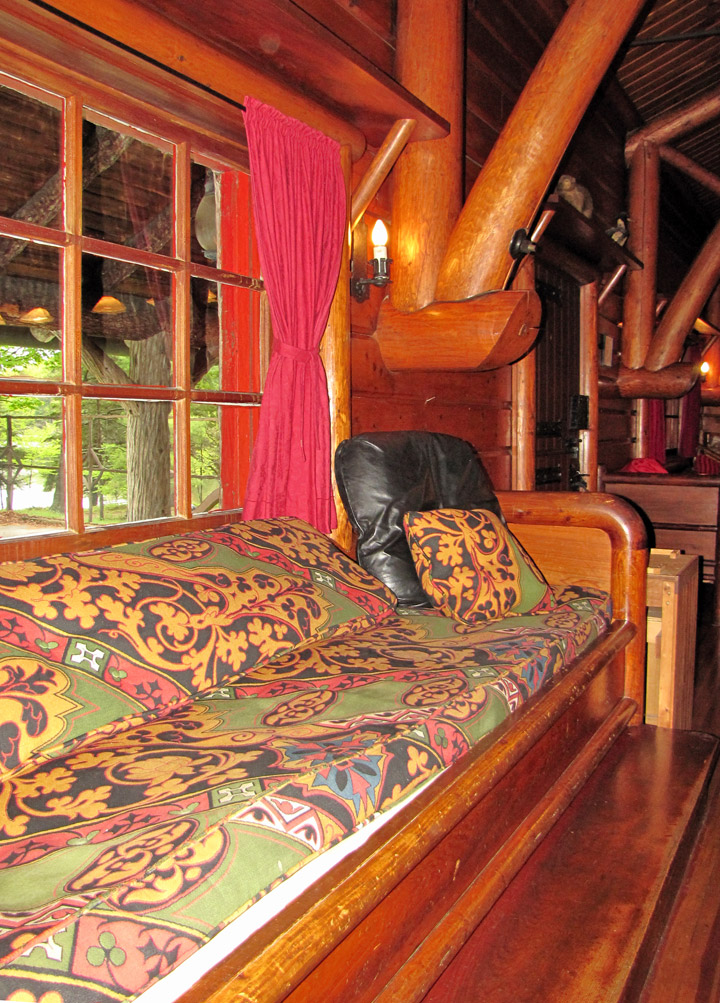
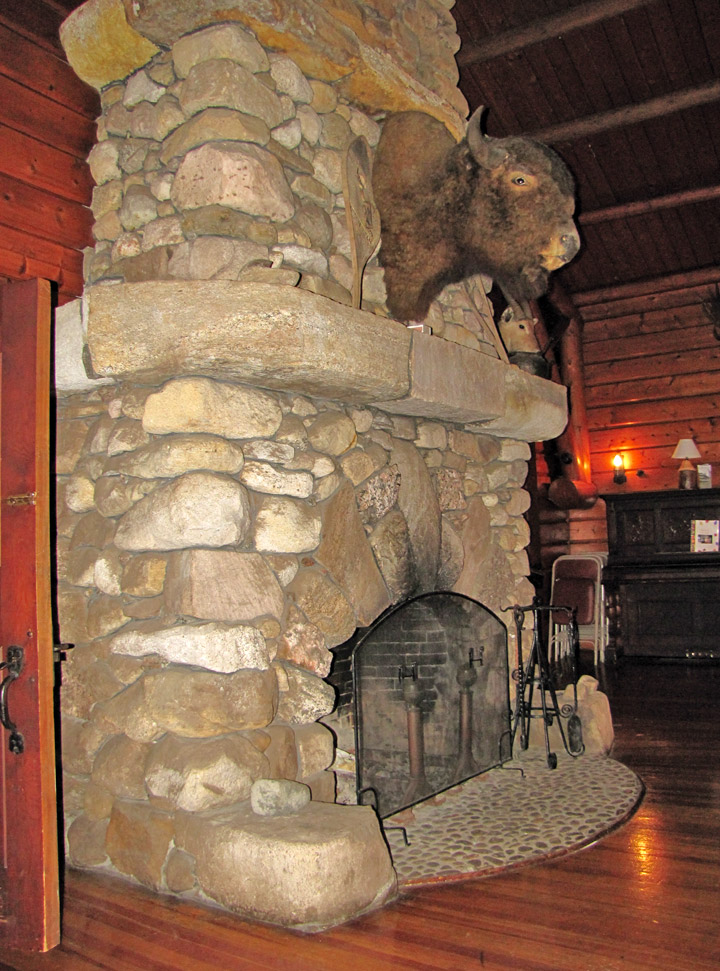
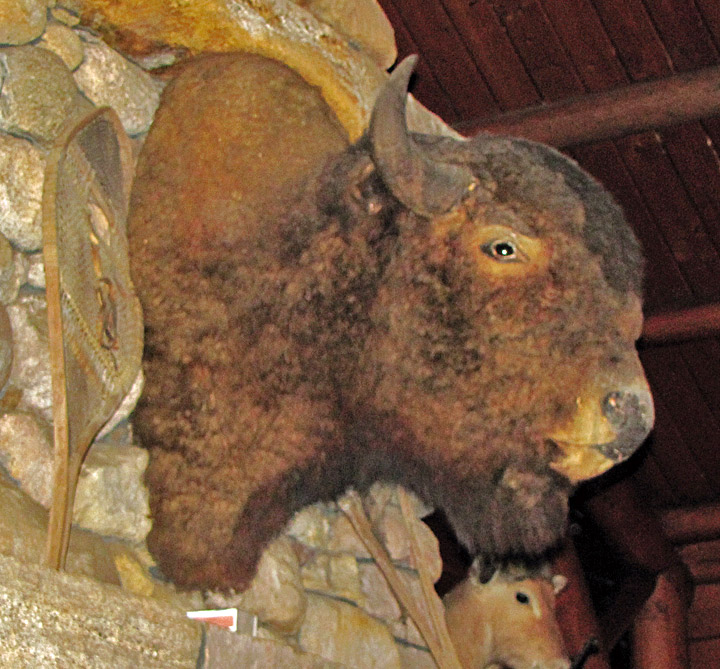
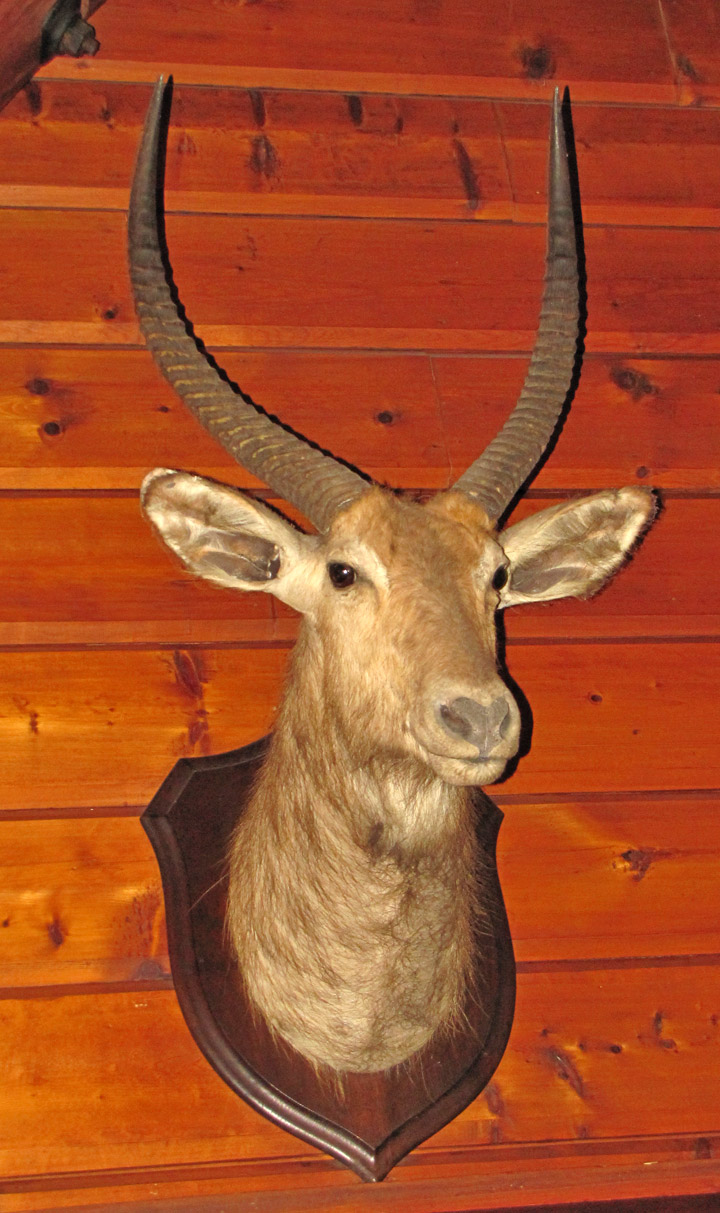
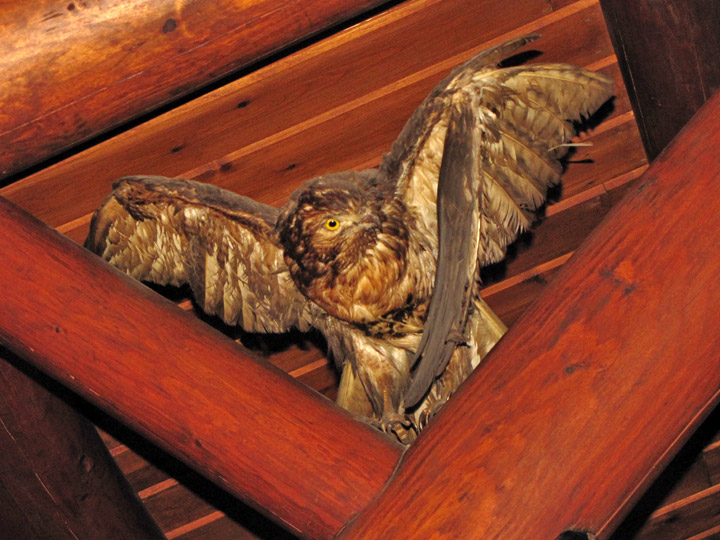
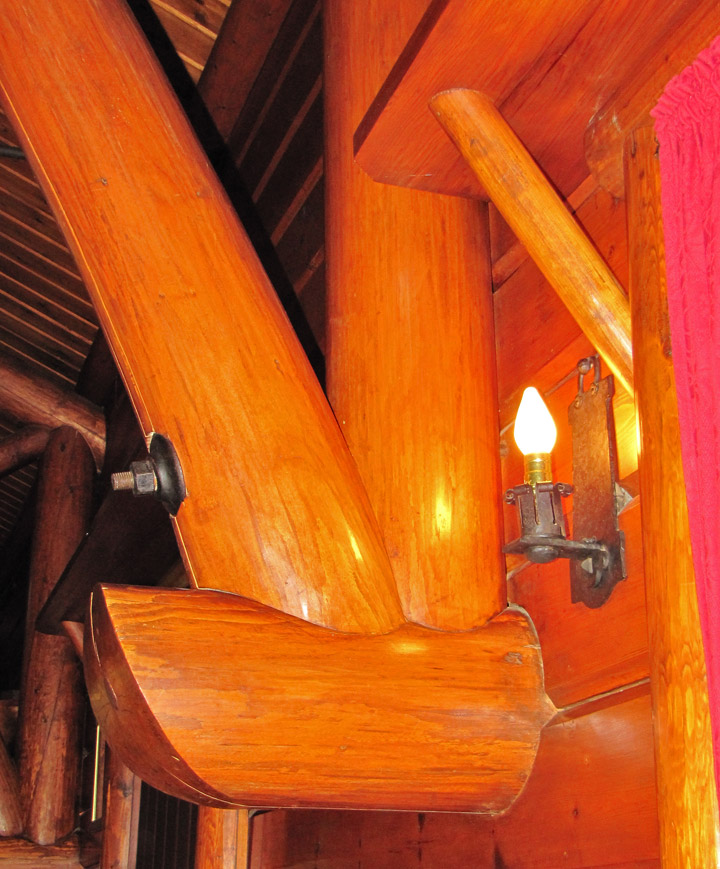
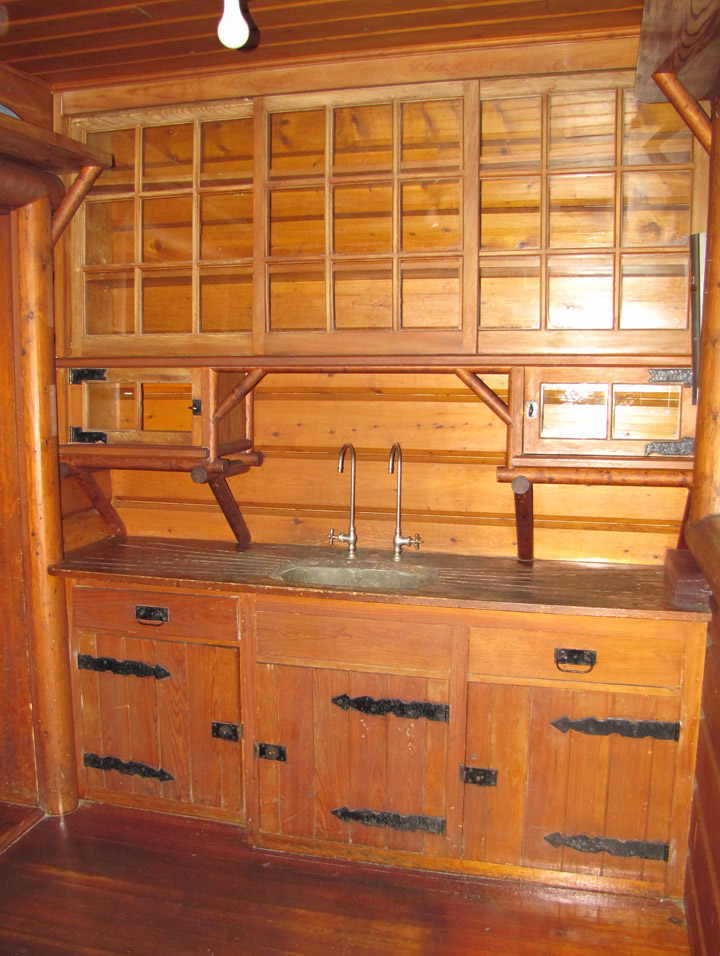

photo of prior days
Wigwam

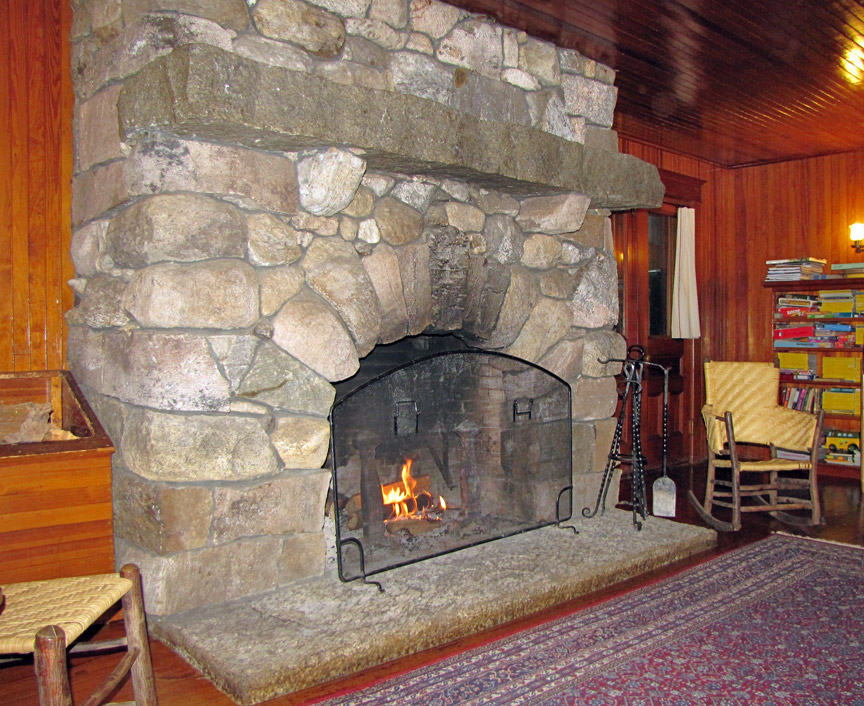
Wigwam interior
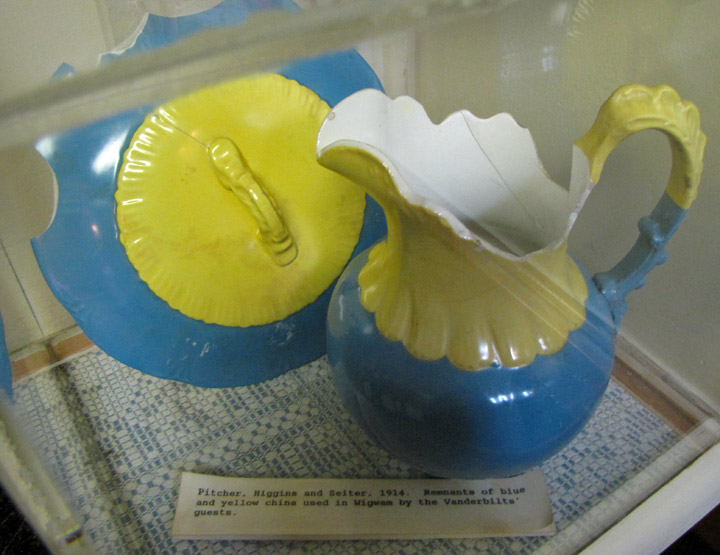
pottery used by Alfred Vanderbilt in the Wigwam
Bowling Alley
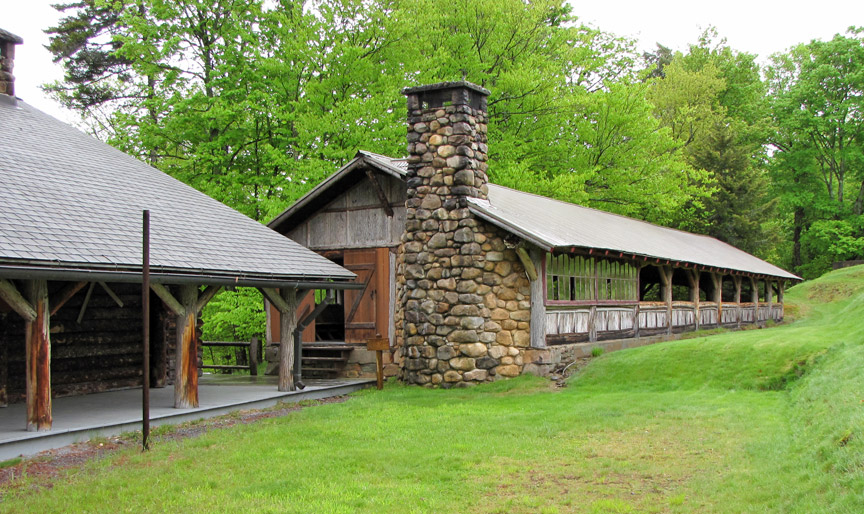
bowling alley
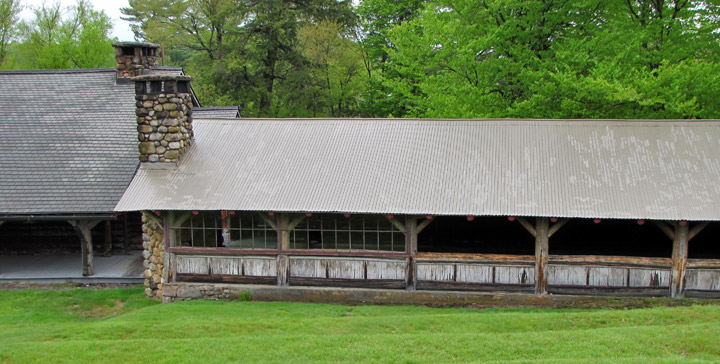
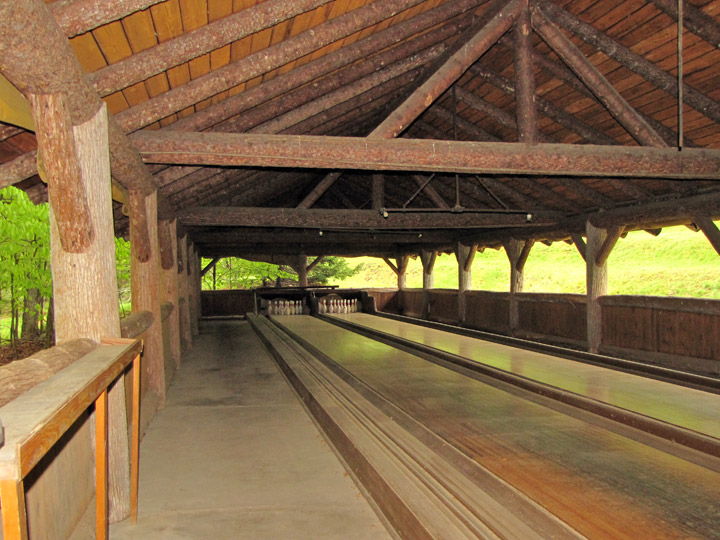

Adirondack Lean-To
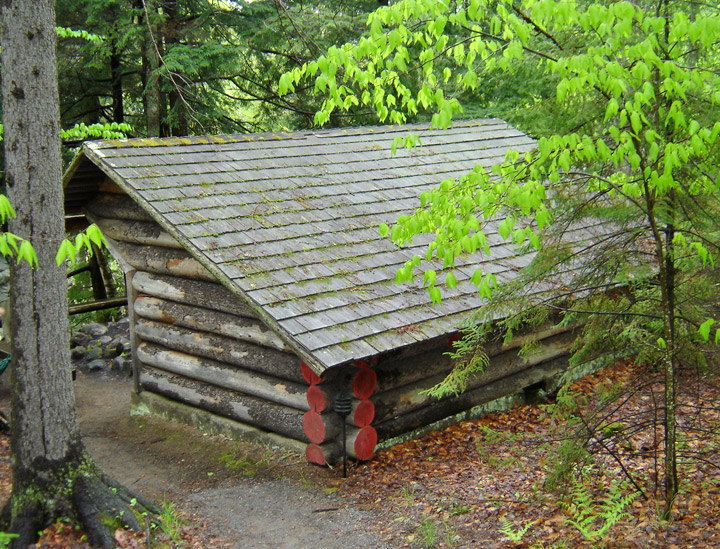
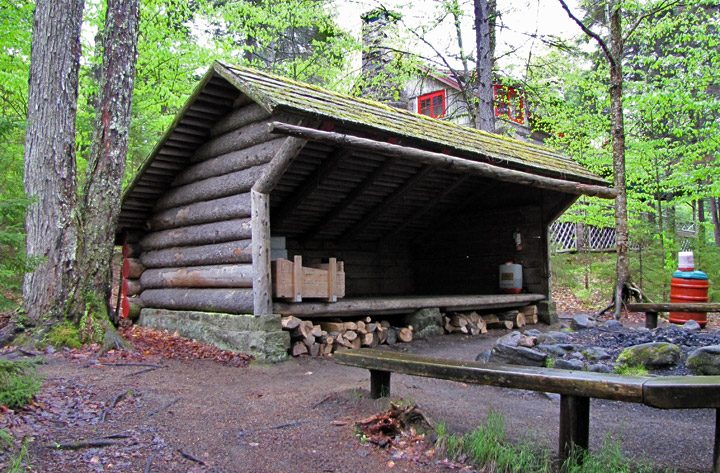
used for "roughing it" sleep outs
Boat House
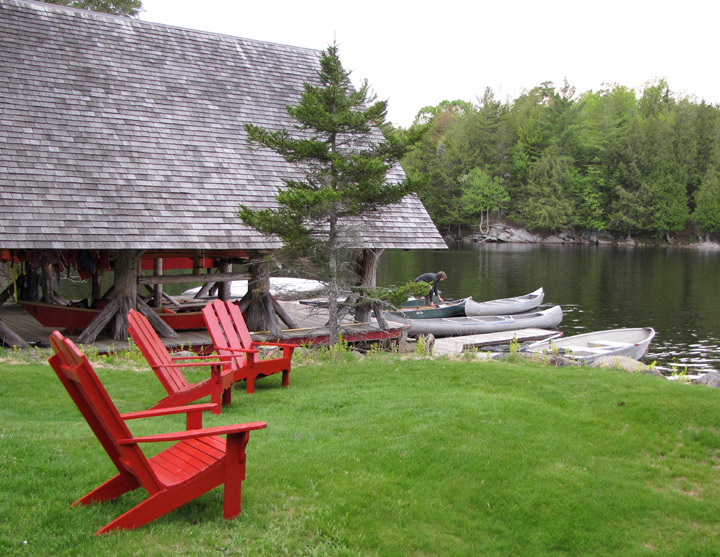
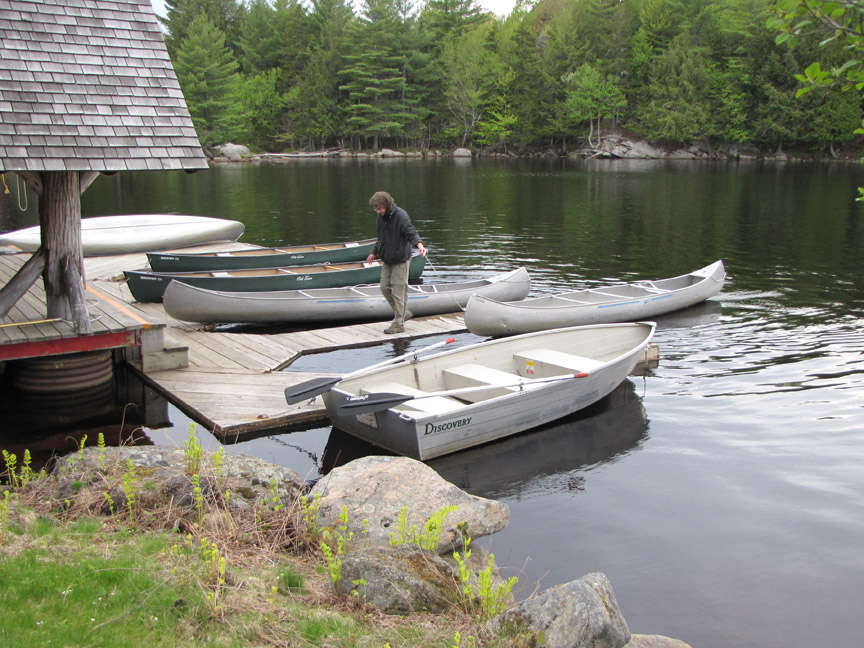
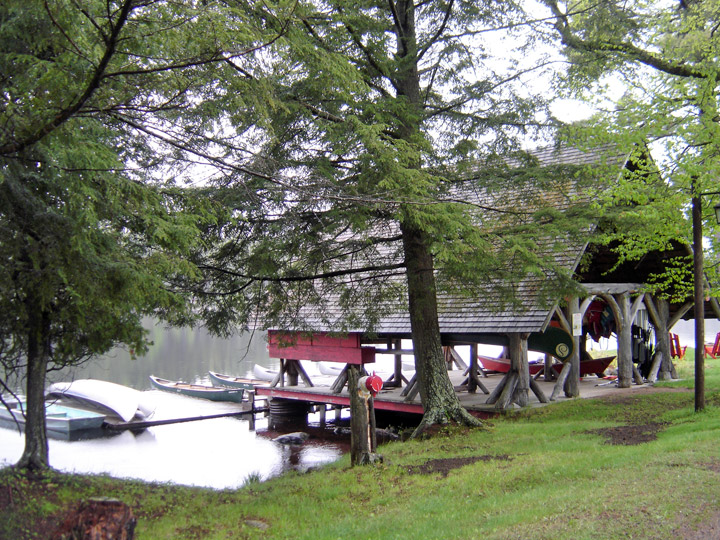
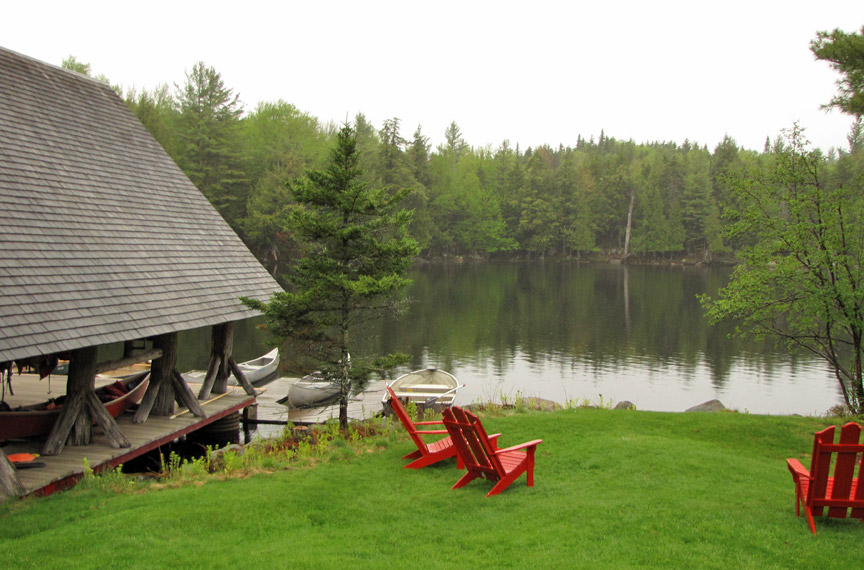
The Vanderbilts
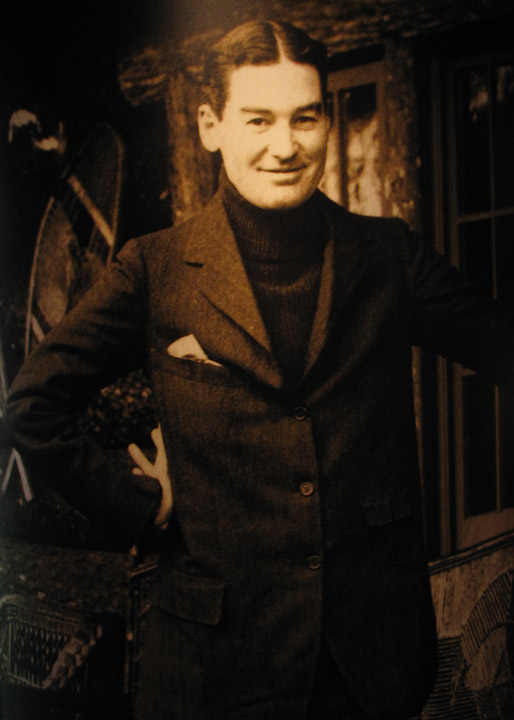
Alfred Gwynne Vanderbilt
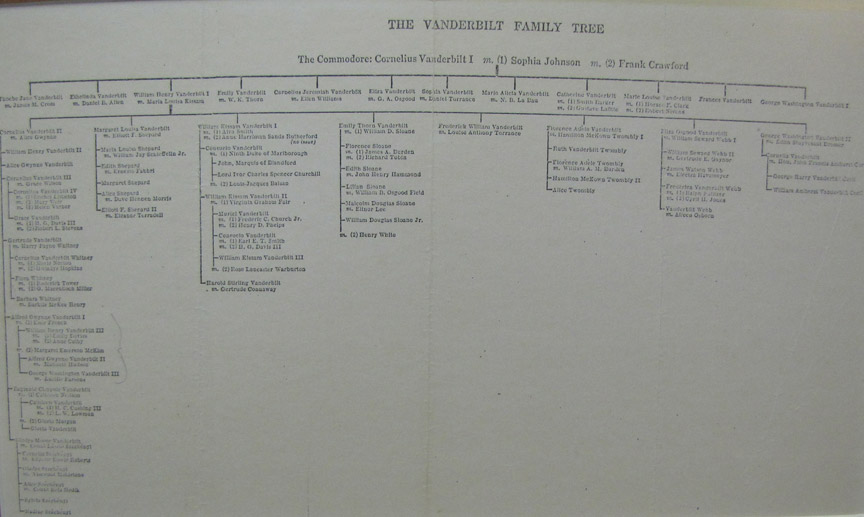
family tree
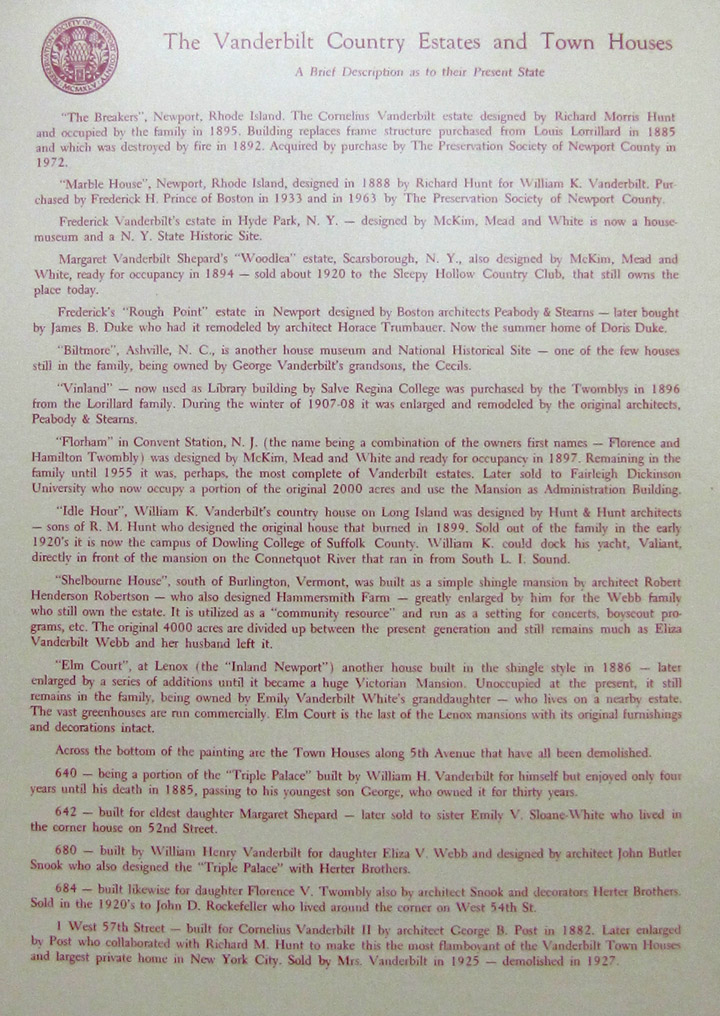
The Vanderbilt Country Estates
